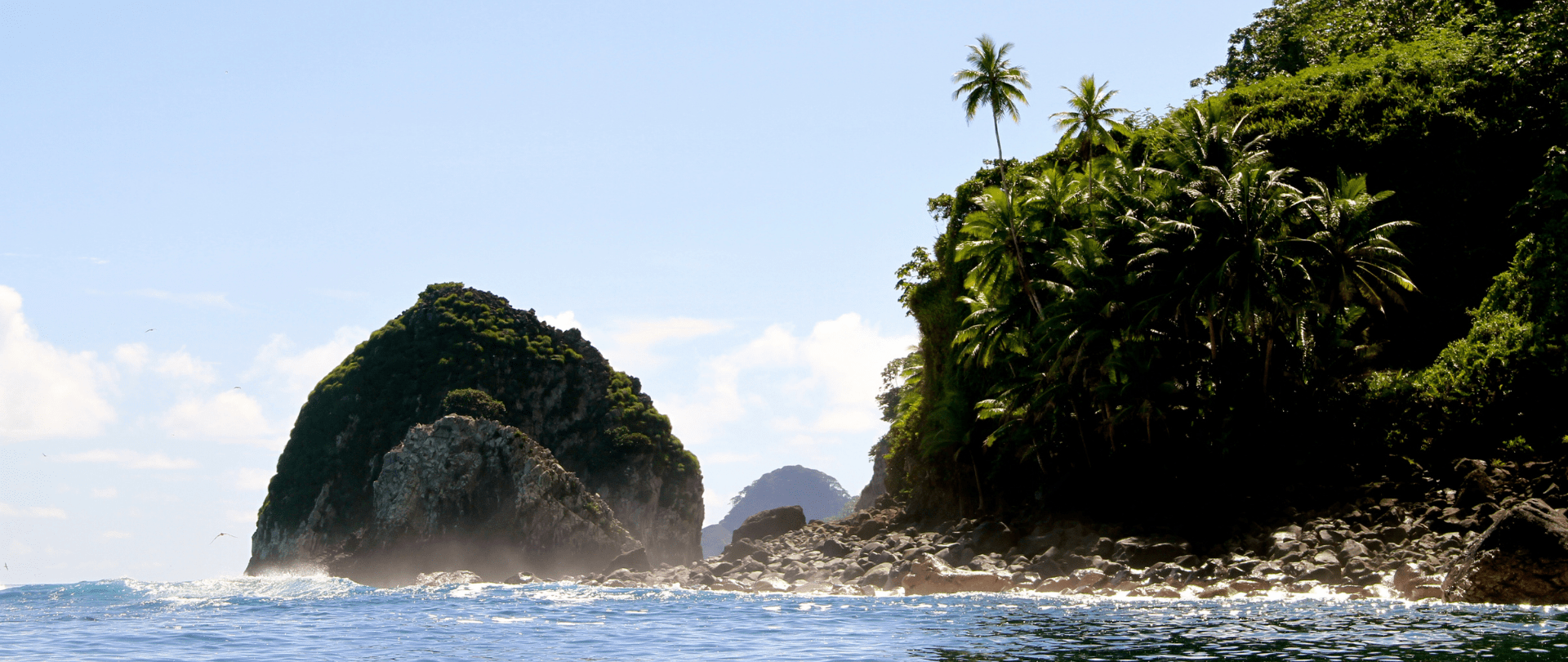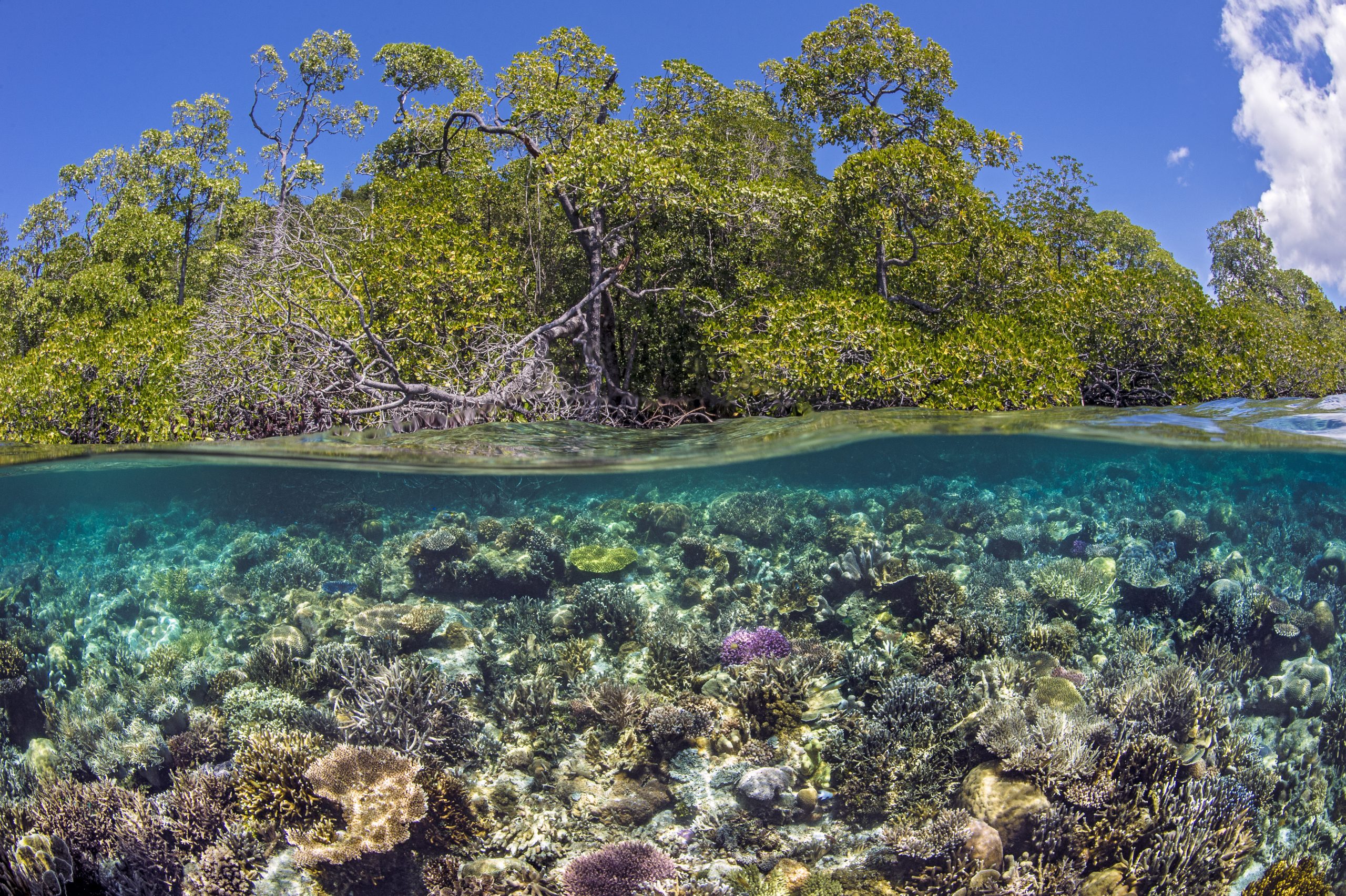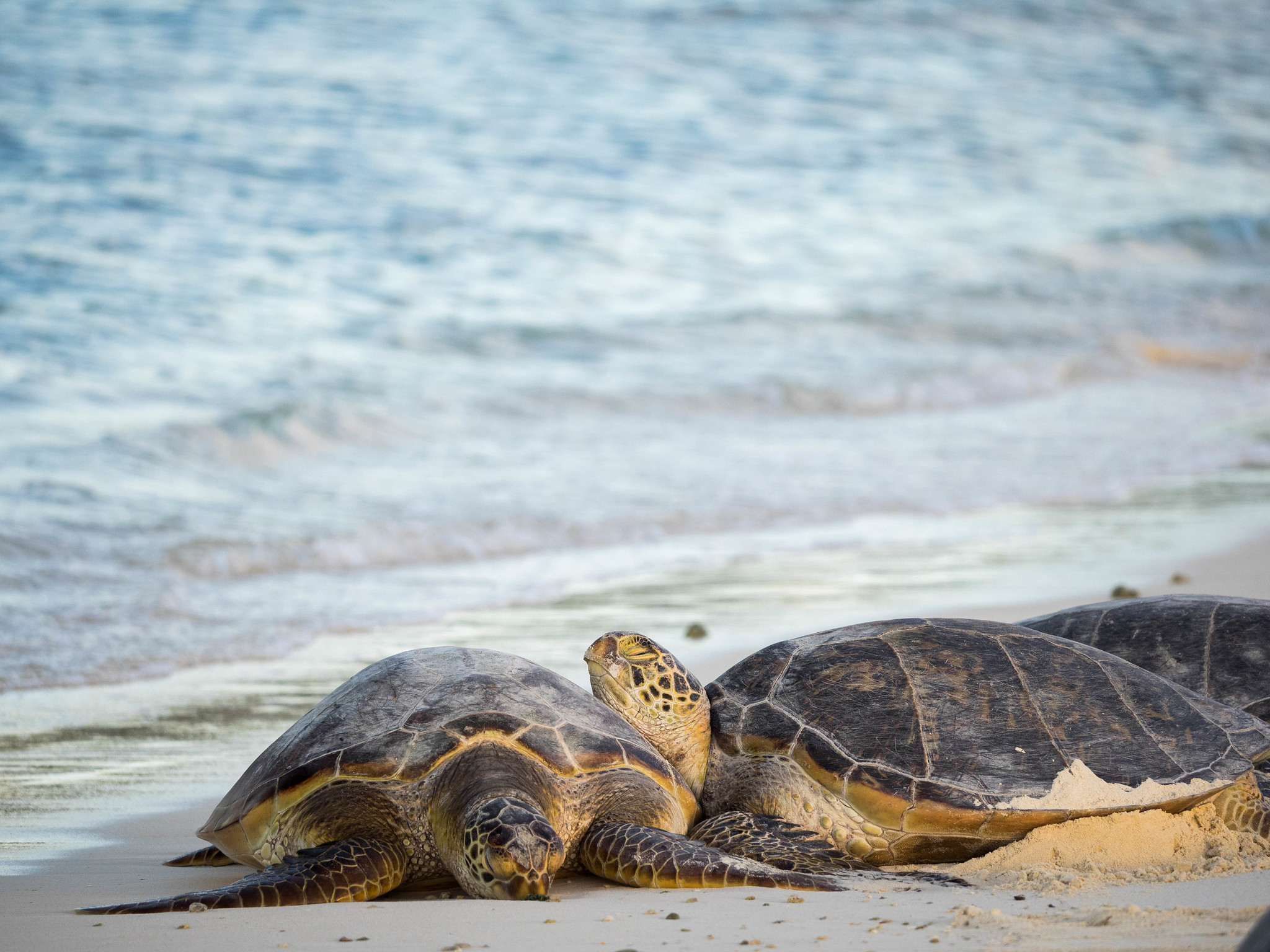May 19, 2025
UNOC 3 Position Paper
Read our position paper on The 3rd United Nations Ocean Conference (UNOC 3) to see why we're attending and what we aim to accomplish!
We use cookies to help you navigate efficiently and perform certain functions. You will find detailed information about all cookies under each consent category below.
The cookies that are categorized as "Necessary" are stored on your browser as they are essential for enabling the basic functionalities of the site. ...
Necessary cookies are required to enable the basic features of this site, such as providing secure log-in or adjusting your consent preferences. These cookies do not store any personally identifiable data.
Functional cookies help perform certain functionalities like sharing the content of the website on social media platforms, collecting feedback, and other third-party features.
Analytical cookies are used to understand how visitors interact with the website. These cookies help provide information on metrics such as the number of visitors, bounce rate, traffic source, etc.
Performance cookies are used to understand and analyze the key performance indexes of the website which helps in delivering a better user experience for the visitors.
Advertisement cookies are used to provide visitors with customized advertisements based on the pages you visited previously and to analyze the effectiveness of the ad campaigns.

By: Catrina Walker
What Are Nature-Based Solutions?
Nature-based solutions are actions that restore, protect, and—at a minimum—allow nature’s own biodiversity to recover through a variety of ongoing restoration management and monitoring actions. These actions often include the re-population of native plants, which in turn attract insects and other pollinators, birds, ocean life, and other life forms endemic to a particular geography, biodiversity restoration, and monitored wildlife re-introduction.
A core guideline as simple as restore, protect, thrive—reveals how nature actually provides us with a template rooted in environmental balance, making these approaches so effective.

How Do Nature-Based Solutions Work?
The earth, by its very nature, is self-regulating and self-balancing. If an environment can no longer sustain or support its own biodiversity, an imbalance occurs. This imbalance can be seen in habitat loss, such as bleached coral reefs, or land that has become desert after supporting many forms of life for millennia. Islands—which are essentially microcosms of biodiversity—reveal biodiversity imbalances more rapidly.
A Win-Win Approach
Actions that restore, protect and monitor the well-being of ecosystems are widely viewed as win–win strategies for addressing two of today’s biggest global challenges: climate change and biodiversity loss.
According to the International United Nations Climate Action Initiative, a full one-third of climate change issues can be addressed through nature-based solutions. In essence, nature-based solutions represent a win-win for humans and nature.
Scientific observation, tracking, and documentation over time have provided us with a comprehensive framework of nature-based solutions as global carbon sequestration models that are crucially effective in mitigating climate change imbalances.
Let’s Look at An Example
What better way to observe an endangered wildlife population bounce back than tracking crucial changes on an island?
Ngerkeklau Island, in the Ngarchalong State of Palau, was in 2017, at risk of losing its endemic Megapodes and critical connector species—the Hawksbill Sea Turtle—to invasive rat populations introduced by visitors in the early 20th century. Both the Megapode—an endemic chicken-like bird that builds its nest in earthen burrows—and the Hawksbill Turtle—bury their eggs in the sand to incubate them, making their hatchlings vulnerable to such predators. Over 300 species unique to Palau were soon to be at risk, ultimately threatening the fabric of the island’s ecosystem. Fortunately, its mangrove forests have remained relatively pristine.
Through collaboration with the Ebiil Society, Koror State Department of Conservation and Law Enforcement, and Ngarchelong State Rangers, and Envico Terchnologies, Island Conservation was able to successfully resolve this imbalance through invasive rodent eradication and restoration monitoring.
Thanks to strict biosecurity measures and ongoing monitoring, birds ranging from kingfishers and flycatchers to ground doves, frogs, flying foxes and crustaceans are now safely thriving in their restored habitats. Today the island’s mangrove forests are home to countless species of fish and their fry hatchlings.
As Wes Sechrest, chief scientist and CEO of our Island-Ocean Connection Challenge partners Re:wild states: “As we restore and rewild more island-ocean ecosystems across the globe, each will benefit biodiversity, climate, and people. Each restored island provides yet another example of the power of nature-based solutions in ecosystems around the world.”

We’re On It!
With over 64 rewilding restorations completed worldwide, Island Conservation teams apply a scalable 5-step approach to rewilding that is essential to an eco-generative outcome.
Island Conservations’ collaboration with U.C. San Diego’s Scripps Institute of Oceanography and Re:Wild—along with a growing number of related partnerships—represent the first Ridge-to-Reef rewilding campaign aiming to restore and rewild 40 globally significant island-ocean ecosystems by 2030.
Want to get involved? Learn more here.
Check out other journal entries we think you might be interested in.
Notifications